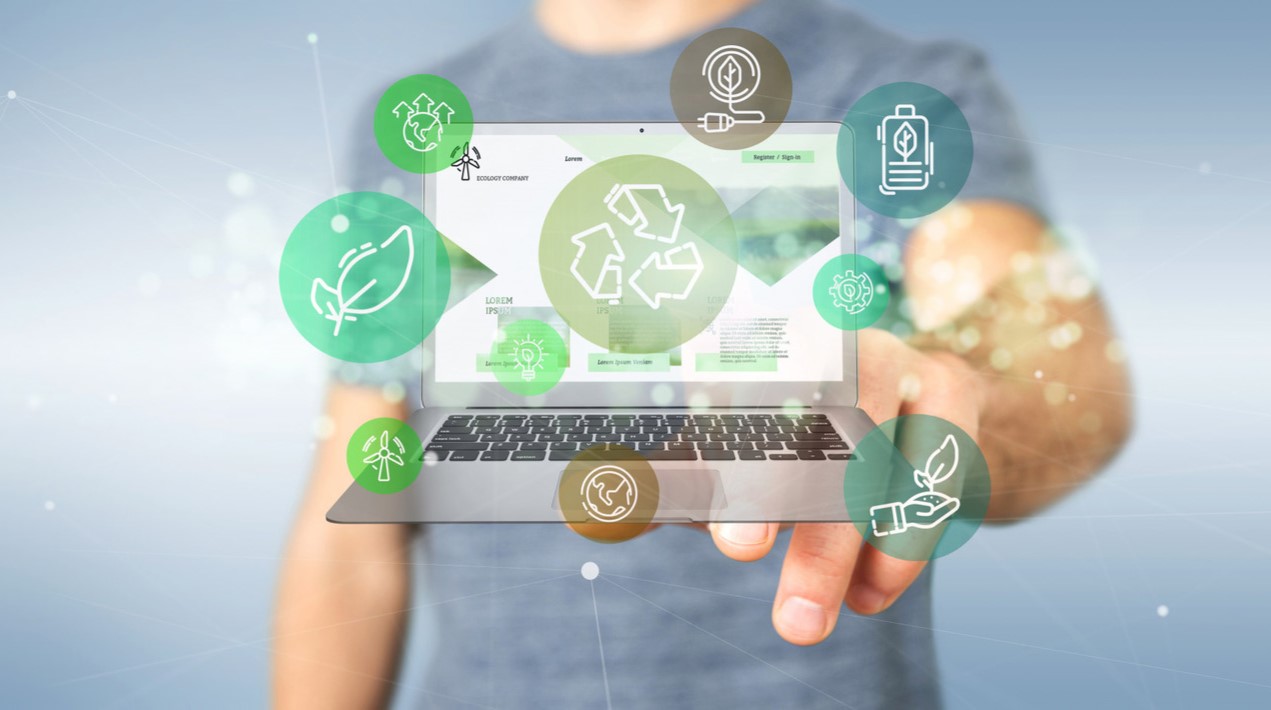
The Philippine government has acknowledged the importance of digital governance and intensified information sharing to earn public trust for the administration as per Budget Secretary Amanah Pangandaman during the year-end consultation session and fourth-quarter meeting of the Philippine Open Government Partnership (PH-OGP) Steering Committee in Davao City.
The Open Government Partnership (OGP) was founded in 2011 by government leaders and civil society advocates who wanted to form a partnership to promote transparent, participatory, inclusive and accountable governance.
Digitalisation efforts should work simultaneously with information dissemination and provide opportunities for exchange with the public to create trust in a government-citizen relationship. In addition, the two elements can increase public awareness about government policy, including developing the 6th PH-OGP national action plan.
“So, how do we achieve that kind of public trust? We could achieve this kind of public trust by integrating the power of technology in our governance,” Budget Secretary Amanah Pangandaman said. “The PH-OGP’s commitment to transparency, accountability, citizen engagement or public participation and digital governance are all grounded in the overarching objective to increase public trust in the government.”
Public servants who serve as a link between the government and the people must also foster public trust. Government employees should work with willingness and excellence in mind to gain public support.
The consultation meeting was held by members of the OP-PGH steering committee to refine the draft Executive Order (EO) institutionalising open and participatory governance through advocacy and outreach activities. The meeting was called to iron out important details in the EO before it was sent to President Ferdinand R. Marcos Jr. for approval, according to the Department of Budget and Management (DBM).
Governments and public sector organisations believe innovation and e-government can help them deliver services faster, better, and cheaper. Furthermore, it can aid in resolving problems caused by social, economic, demographic, environmental, and technological change.
In an exclusive interview, Charles David Ramos, the Head of Information Technology for Makati City in the Philippines, expressed his firm belief that innovation can increase the country’s revenue and service efficiency. Charles shared that they are centralising a strategic approach to planning and managing the direction of the city government’s use of technology as they integrate it in various ways.
The city has managed these programmes successfully, but officials always look for ways to improve efficiency. Technological advancements have made this possible in large part. As Makati’s population grows, so do the city’s needs and residents’ hopes and dreams.
The City of Makati was chosen as the pilot location for the Resiliency Innovation Sustainability & Entrepreneurship (RISE) Certification Programme. The Innovative Cities initiative seeks to increase the Philippines’ innovation and technology quotient to support local economies and expand their industries, focusing on making the Philippines relevant in the digitalisation and Web 3.0 conversation. Moreover, Makati’s digital transformation journey was completed at a low or no cost. Public-private partnerships (PPPs) have been used to implement large-scale projects. Some solutions have been provided for free in exchange for Makati serving as a model for other LGUs and institutions to adopt these technologies. Even when the COVID-19 pandemic broke out in 2020, Makati could do its citizens efficiently without risking their lives.
Makati is part of Innovative Cities, recently launched as an initiative by Digital Pilipinas in collaboration with the Department of Trade and Industry – Board of Investments (DTI-BOI). The Philippines government launched the programme to advance technologically one city at a time. It accomplishes this by bringing together local government, academic institutions, and the private sector to establish several centres of excellence.
















